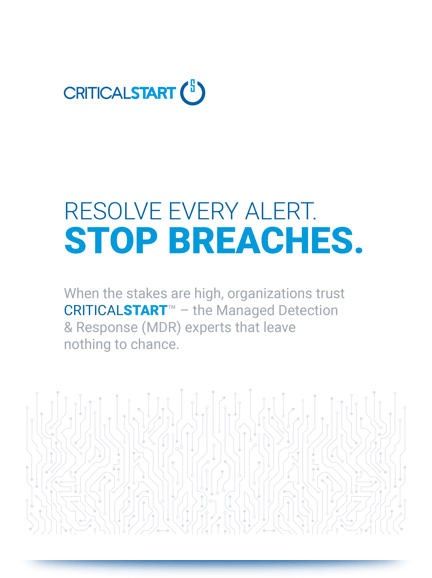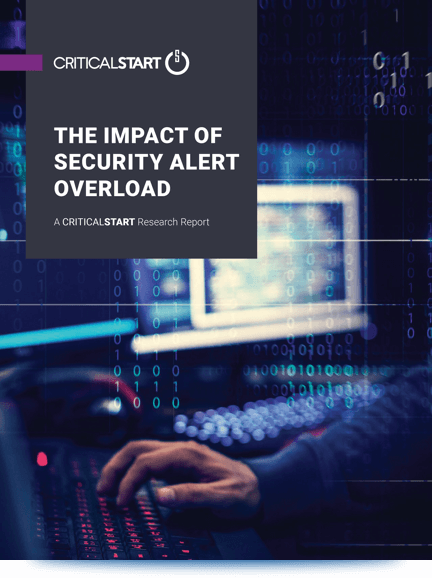Years ago, organizations relied primarily on their IT department to manage security. As cybersecurity attacks increased in frequency and sophistication, companies launched Security Operations Centers (SOCs) to centralize security tools and personnel.
Yet in recent years, as the number of security breaches escalated, organizations realized they needed dedicated response teams, which led to the introduction of Computer Security Incident Response Teams (CSIRTs).
So what are the differences between a SOC and CSIRT? We’ll discuss each type of security team below.
What is a Security Operations Center (SOC)?
The SOC is responsible for an organization’s overarching cybersecurity, which can include prevention, incident response, compliance, and risk management.
SOCs tend to have a much broader scope of responsibility than the more specialized CSIRTs. Many companies only have a SOC team, but no CSIRT. It is also common for incident response specialists to fall under the SOC umbrella rather than as part of a dedicated CSIRT.
Primary Functions of a SOC
A SOC’s primary functions include:
- Data collection and correlation, leveraging threat intelligence solutions to provide context and correlate data.
- Threat detection, including identifying anomalies, threat hunting capabilities, and the use of behavioral analysis tools and techniques.
- Monitoring the security of the network, users, and systems.
- Alert triage to analyze and prioritize alerts.
- Incident prevention, detection, and response including containment and remediation measures to prevent further damage.
- Incident analysis to gather information about attack patterns and techniques, assessing the severity of the threat, and the impact it may have on the organization to formulate an appropriate response.
- Incident management in organizations when there is no CSIRT.
What is a Computer Security Incident Response Team (CSIRT)?
CSIRTs are teams of security experts responsible for incident management, including receiving, analyzing, and responding to security incidents.
These incident response teams can function either independently or under the guidance of the SOC, depending on an organization’s needs and structure.
The key for efficient incident management within a CSIRT is to quickly respond to a security incident to minimize the damage via containment and recovery solutions.
Primary Functions of a CSIRT:
CSIRTs are primarily responsible for:
- Forensic investigation of the causes of an attack, including establishing the attack timeline and lessons learned.
- Security strategies development to develop strategies and assist other teams in the organization with threat prevention.
- Incident management to create an incident response plan for fast and effective incident response.
- Threat hunting that leverages threat intelligence from the SOC to detect threats.
- Root Cause Analysis (RCA) and remediation to determine the root cause of an incident and remediate accordingly.
Which Team Is Best for My Business?
It’s not a question of best or worst fit. Depending on resources, many organizations have both a SOC and CSIRT, which can be complementary.
When a SOC Is Needed
It may not make financial sense for smaller organizations to invest in a dedicated SOC team. But as companies grow – especially those dealing with sensitive information, such as health records, credit and debit card information, and trade secrets – the risk of failing to prepare a team of qualified security operations professionals becomes expensive quickly.
CRITICALSTART’s cybersecurity consulting professionals provide a Consolidated Audit Program (CAP) that can help you identify vulnerabilities in your organization’s security program and how you can strengthen them.
When a CSIRT Is Needed
The need for a CSIRT is much more variable depending on the company. Small and midsized businesses that are not under constant attack may benefit from having an incident response retainer in place rather than keeping a permanent in-house team on the payroll.
Proactively developing a relationship with a cyber incident response team before a security breach occurs is one of the best things you can do to preemptively improve your organization’s security posture.
When an attacker has gained unauthorized access to your data, you want to respond immediately – not spend precious time trying to track down the right breach response team.
Ultimately, organizations should choose the structure that works best for their own needs and security practices. If you have any questions, feel free to call CRITICALSTART for guidance.




